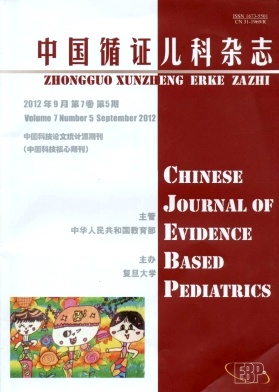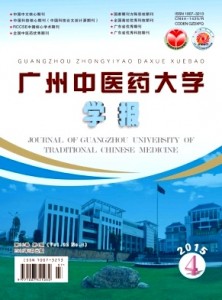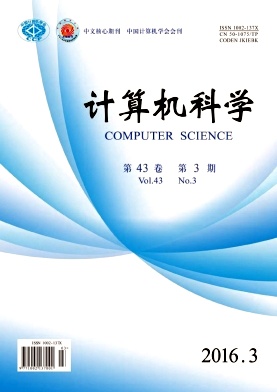作者:孙玉文
论文题目:汉语变调构词研究
作者简介:孙玉文,男,1962年生,1994年师从郭锡良教授,于1997年7月毕业于北京大学汉语史专业并获文学博士学位。
摘 要
变调构词指利用声调的转换构造意义有联系的新词,隶属于音变构词。本文专题讨论变调构词。上古音声调系统采用王力先生入声韵分长入,短入的见解;并且认为阴声韵和阳声韵各分平上去三声。中古音声调系统采用《广韵》和《集韵》的调类系统。上古时期利用短入和长入的转换构造新词,以及上古时期或中古时期利用平上去的转换构造新词的那一部分字,正是本文专题讨论的范围。“导言”部分交代了变调构词的定义,本文收字的原则,研究变调构词的资料,变调构词的研究简史,本文收字的范围,以及研究的目的。“导言”之后共分四个部分。(壹)(贰)分别讨论《广韵》和《集韵》对变调构词的反映。用定量统计的方法,统计《广韵》和《集韵》有多少异读;哪些异读属于纯粹的一字多调的;一字多调的字中哪些是区别字义的;区别字义的字中哪些是区别变调构词的;《广韵》和《集韵》区别变调构词的字跟其他的材料有什么参差;这些参差情况哪一些反映了《广韵》和《集韵》的不同处理意见哪一些反映了《广韵》和《集韵》的失误。(叁)是古代汉语变调构词词表,共收具有变调构词现象的词约800对。每对词的研究,一般分为:1音义分析和前人时贤意见,包括原始词和滋生词的音义,前人和时贤对该组原始词和滋生词的反映情况。2例证与考辨,包括原始词和滋生词的例证,他们的音义发展源流,并对后来的一些误说予以驳议。(肆)探讨汉语变调构词的若干理论,包括变调构词的性质,变调构词在汉字字形上的表现,变调构词和其他构词现象的关系,原始词和滋生词的关系,变调构词的分类原则,变调构词的起源。
A Study of Derivation by Tone-Change in Chinese
by Yuwen Sun
Derivation by tone-change refers to the use of a change of tone to create a new word related in meaning to the base word and is a category of derivation by phonetic change.This work is a specialized discussion of derivation by tone-change.
The Old Chinese phonetic system adopted here makes use of Wang Li’s concept that the entering tone is divided into a long entering tone and a short entering tone and furthermore assumes that the yáng rhyme groups (those that end in a nasal) and the yīn rhyme groups (non-nasal endings) both divide into level , rising and departing tones. The Middle Chinese tone system used adopts the tone category system of the Guǎangyún and Jíyún.
The scope of the specialized discussion in this work encompasses those characters in Old Chinese which use the alteration between short and long entering tones to produce new words, and those characters in Old and Middle Chinese which use alteration between level, rising and departing tones to produce new words.
The introduction deals with: a definition of derivation by tone-change; the criteria used in the selecting of entries for this work; materials used for the study of derivation by tone-change; a brief history of the study of derivation by tone-change; the range of the entries in this work; and the purpose of this work. The proceeding main body of the dissertation is divided into four chapters.
Chapter One and Chapter Two discuss derivation by tone-change as reflected in, respectively, the Guǎngyùn and Jíyùn; Quantitative statistical methods are used to determine: the number of variant readings of single characters in the Guǎngyùnand Jíyùn; which of these variant readings are variations of tone change only; of these characters with different readings varying in tone only, which different readings also have different meanings; of the characters whose different tone readings have different meanings which are examples of derivation by tone-change; incongruities between the characters in the Guǎngyùn and Jíyùnusing derivation by tone-change and those in other materials; which of these incongruities reflect the particular methods of analysis used in the Guǎngyùn and Jíyùn and which reflect errors in these works.
Chapter Three is the “Word List for Derivation by Tone-Change in Old Chinese”. This compiles a total of 800 pairs of words which exhibit the phenomenon of derivation by tone-change. The analysis of each pair is divided into: phonetic and semantic anylysis and previous research including the pronunciation and meaning of the base word and derived word and a critical summary of the research achievements of earlier and present-day scholars; the origin and
development of the pronunciation and meaning of these words; and refutation of some of the earlier erroneous explanations concerning these words.
The Fourth chapter explores several theories about Chinese word derivation by tone-change including: the manifestation of derivation by tone-change in the forms〖WM〗 of the characters themselves; the relationship between derivation by tone-change and other types of word derivation; the relationship between the base word and derived word, the criteria used for categorisation of derivation by tone-change and the origin of derivation by tone-change.
相关文章:
声明: 本文由( admin )原创编译,转载请保留链接: https://www.hxlww.net/4138/hxlwfb
- 上一篇:经济发展中金融的贡献与效率
- 下一篇:俄汉语称名单位的民族文化语义对比研究






近期评论